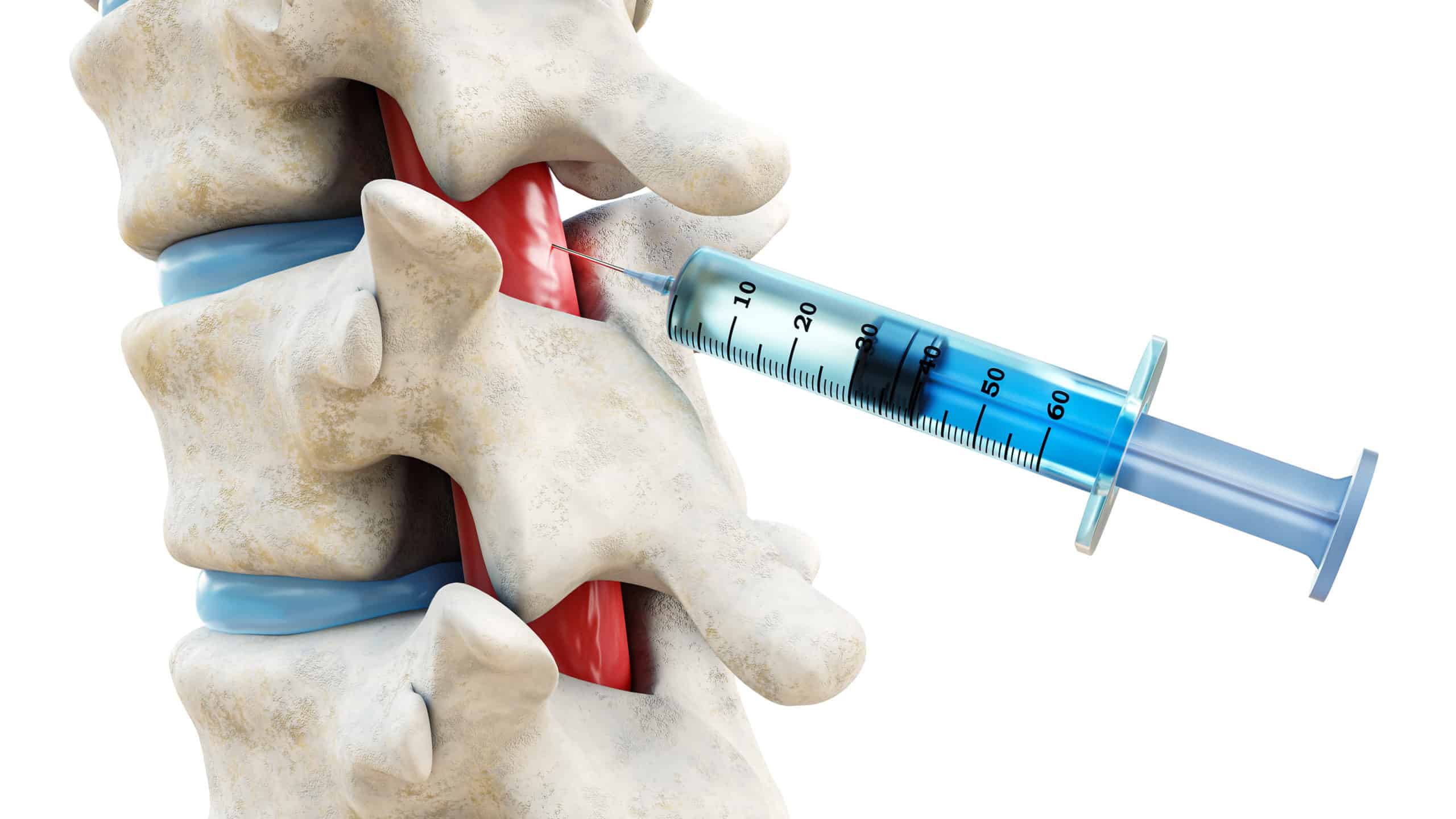- Home /
- Treatments /
- Epidural Injection /
Epidural Injection
Thousands of patients daily relieve chronic pain through spinal epidural injections. At Northeast Spine & Sports Medicine, we’re proud to help patients relieve these afflictions and restore range of motion. It may be a routine procedure for us but to patients, they can make a world of difference.


Epidural spinal injections can be used to provide pain relief for sciatica, lumbar disc herniation, arthritis or other painful ailments for several weeks or for as long as a year. Despite the name, an epidural injection is fundamentally different from epidural anesthesia given before childbirth or surgery.
In contrast to oral steroids or painkillers, these injections focus on the treated area rather than generally affecting the body. They bring down inflammation, restore range of motion and allow your body to focus on healing in about 15 minutes upon injection. It is recommended to use epidural injections in tandem with a comprehensive rehabilitation program for added effectiveness.
Are you a good candidate for Epidural Injection?
-
Positive
You are dealing with chronic back pain, arthritis, or other uninhibited pain.
-
Positive
You have a nerve injury, herniated disc, spinal stenosis, or other similar condition.
-
Negative
You suffer from congestive heart failure or uncontrolled diabetes.
-
Negative
You have a known hypersensitivity to injections or an ongoing infection at the injection site.
Frequently asked questions
Does an Epidural Treatment Cause Pain?
Like most injections, an epidural steroid injection tends to cause a small amount of pain at the injection site, usually described as being like a hard pinch. If the injection site is already irritated or inflamed, there’s an increased chance that you will feel some pain during the injection procedure. But in nearly all cases, the pain associated with the injection dissipates quickly, giving way to pain relief.

How Long Does an Epidural Procedure Take?
Typically, it takes between 10 and 15 minutes to receive an epidural injection. It is a relatively quick procedure, with little-to-no recovery time — barring any kind of a reaction, patients typically leave shortly after the injection.

What Are the Potential Side Effects of an Epidural?
What Is an Epidural Used for?
Epidural injections are used for pain relief, particularly for pain due to medical conditions such as herniated discs, pinched nerves, sciatica, arthritis, and spinal stenosis, though this is not a comprehensive list.

